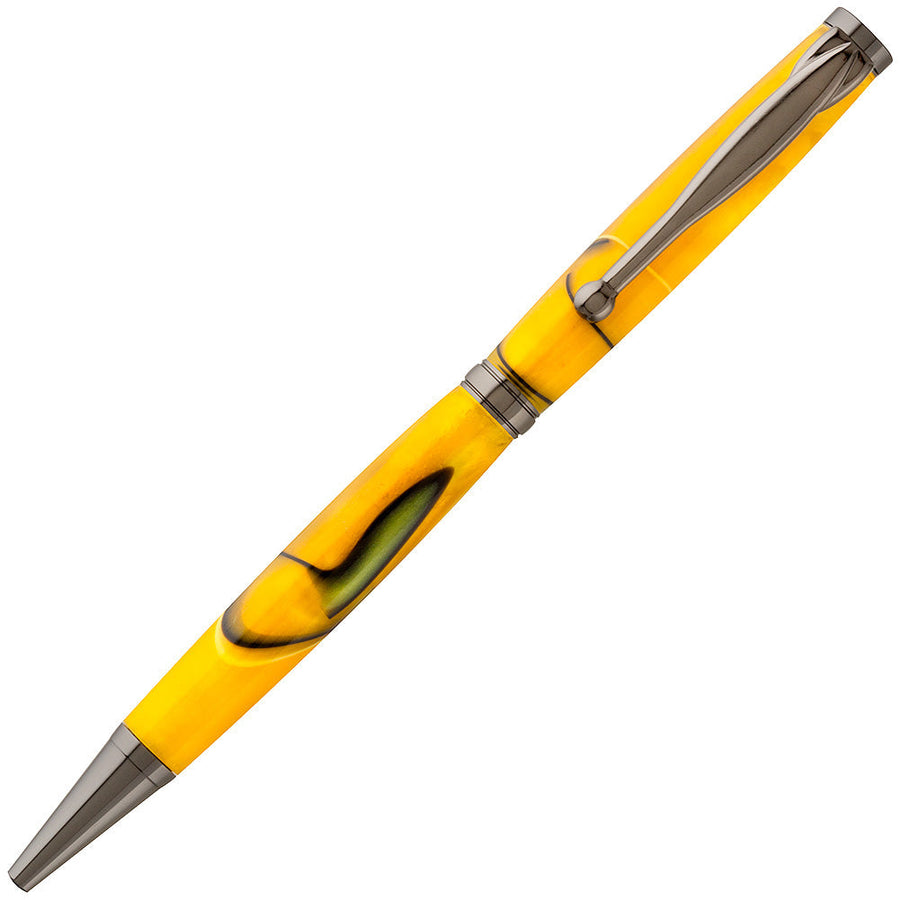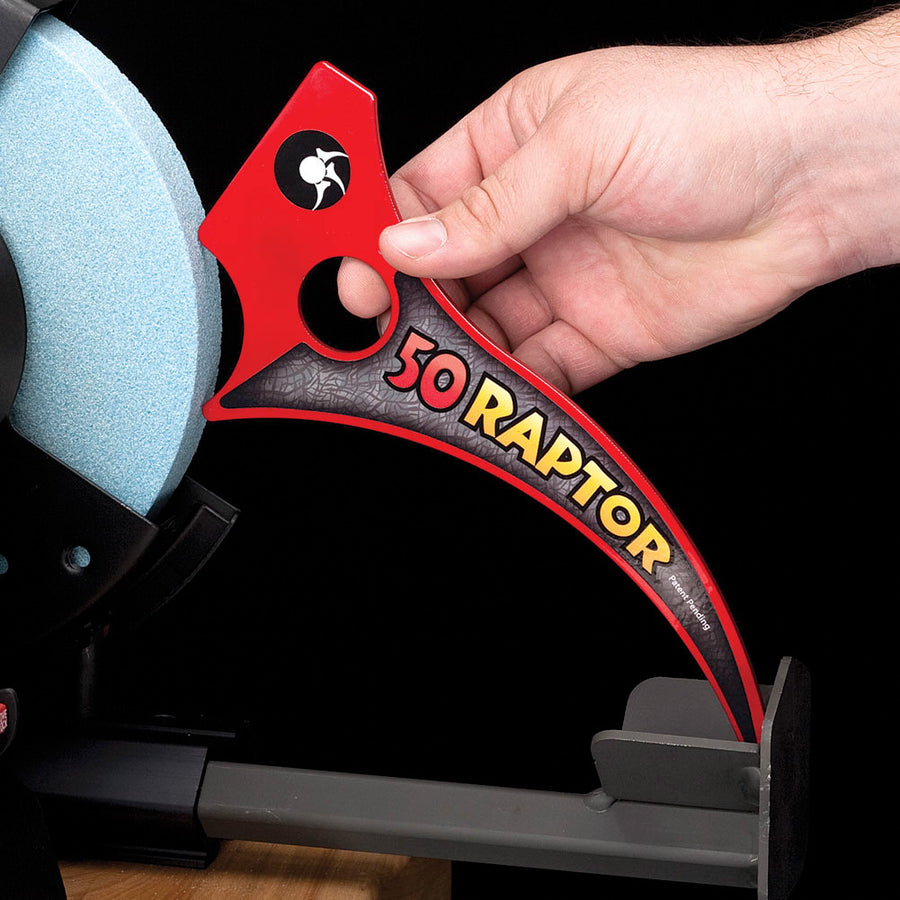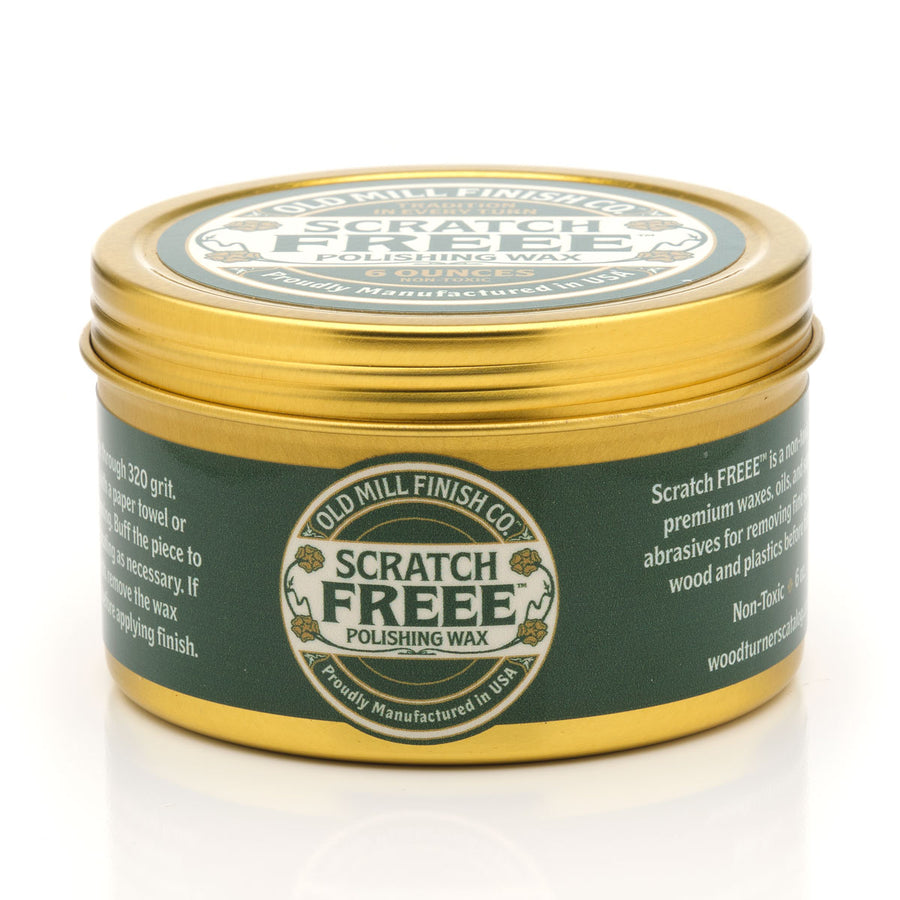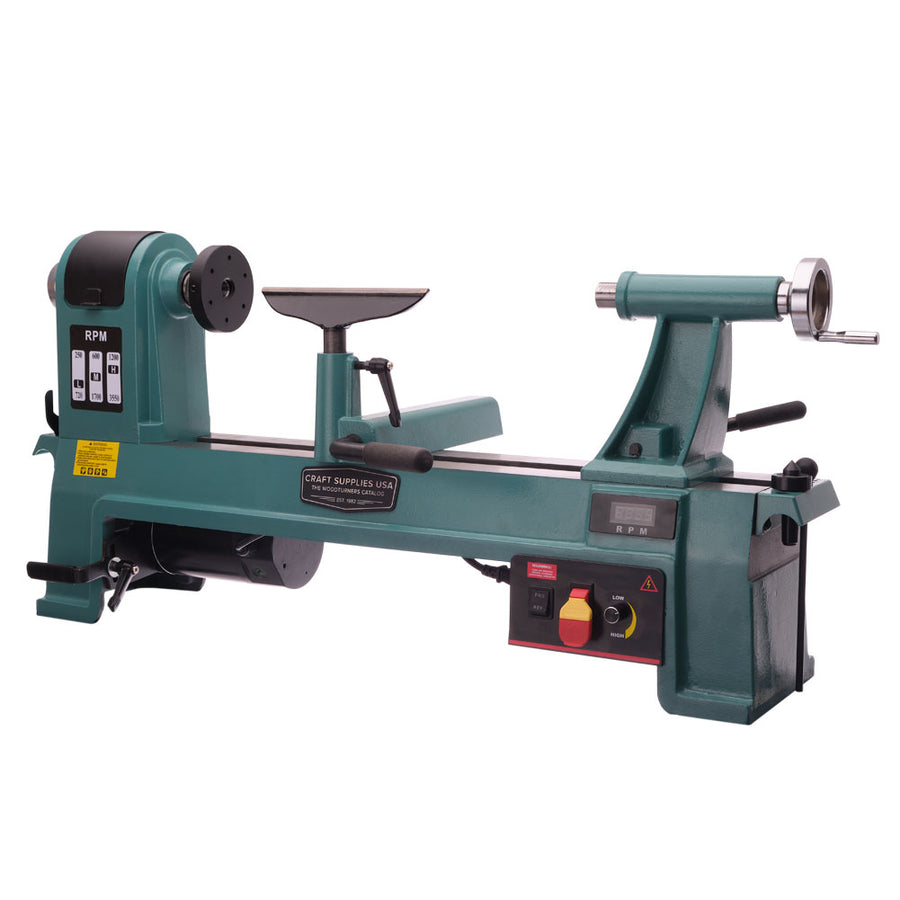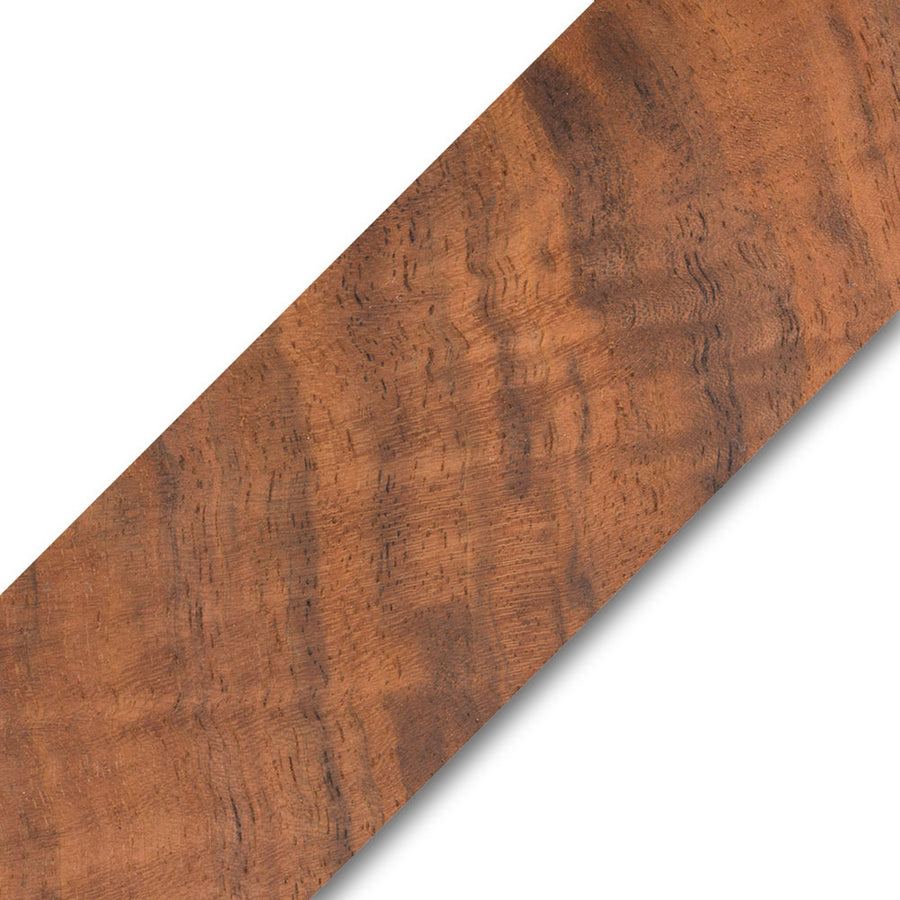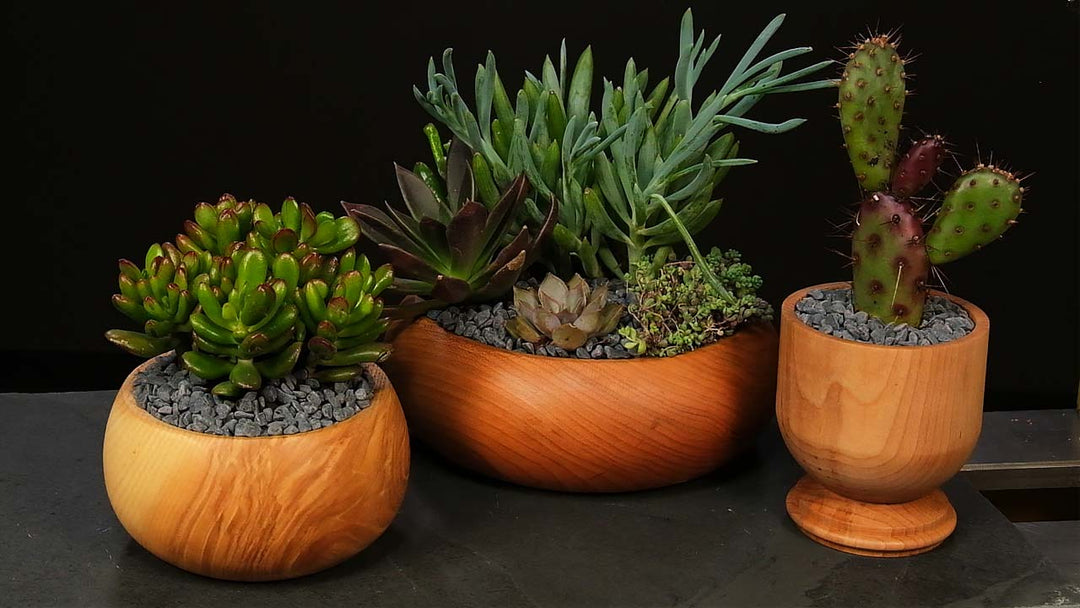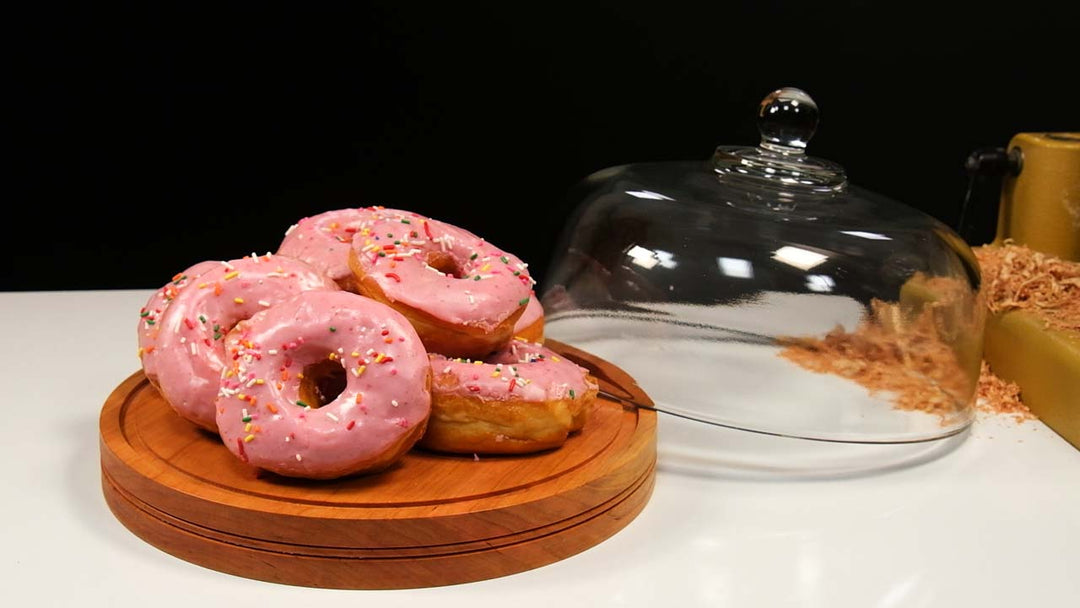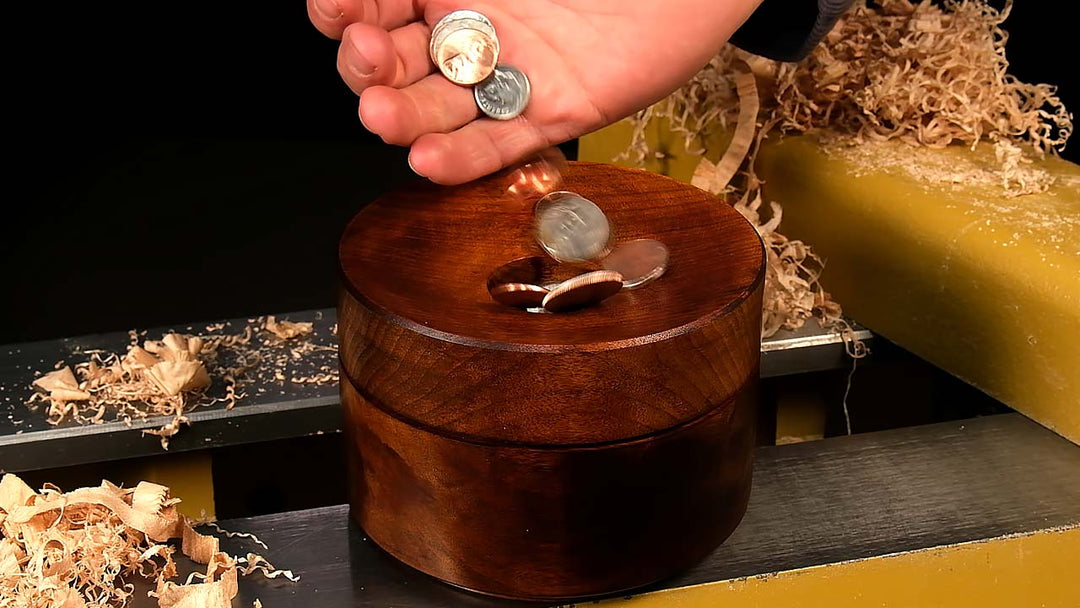Turning a Wooden Whistle
Turn scrap wood into fun and LOUD whistles the grandkids will absolutely love! The beauty of this project lies in its simplicity. Forget complicated joinery or expensive kits. All you need is your standard turning setup and a piece of wood – anything from leftover pieces in your shop to a stunning stabilized burl like the one showcased. The video expertly guides you through each step, proving that anyone with a lathe can achieve these fun results.
From Blank to Round: The Initial Turning Stages
The process begins with mounting your chosen wood blank onto the lathe. Whether you opt for a square piece or something with unique character, the initial steps focus on getting it round and securely held in your chuck. We started with a blank that was 1-1/4” x 1-1/4” x 5”. Use a spindle roughing gouge to efficiently bring the blank to a cylindrical shape, or use a skew to get an even better finish off the tool.
Shaping the Whistle Body
Once the blank is round, the creative part begins – shaping the whistle. We opted for a basic “torpedo” taper using both a spindle roughing gouge and a skew, but feel free to experiment! The shape doesn’t really affect the function of the whistle. A skew chisel, when used correctly, can leave a remarkably clean surface, reducing the amount of sanding needed later.
Things to keep in mind:
-
Bevel-Riding Cuts: Utilizing the bevel of the tool to guide the cut results in a smoother finish.
-
Parting Tool Precision: A narrow parting tool helps create a defined section near the chuck, providing clearance for subsequent shaping.
-
Spindle Gouge Control: Switching to a spindle gouge offers increased control for more detailed shaping, especially when working close to the chuck.
-
Adapting to Material: Recognizing the unique cutting characteristics of stabilized wood, which is denser and can dull tools faster, is key to a successful outcome.
- Turning a bead: We use a 1/4” Easy Wood Tools Beading Cutter to create a single bead in the middle of the blank. It’s not required, but adds some fun flair to the blank. Use your imagination!
Creating the Sound: Drilling and Notching
The magic of the whistle lies in the precisely placed hole and notch. Drilling on the lathe is the best way to ensure the hole is centered and the bit doesn’t wander. Mount a 3/8” drill bit in a drill chuck in the tailstock. This size is recommended for a good balance of volume and loudness - plus it allows you to use a simple 3/8” dowel for the reed.
The next crucial step is creating the notch, which is typically a 45-degree angled cut about halfway through the blank, located approximately 3/4” from the mouthpiece end. While a bandsaw can be used, we cut the notch on the lathe using a Japanese-style handsaw for this delicate cut.
-
Consistent Drill Depth: Drilling to a depth of around 2-1/2” provides ample space for the reed and sound chamber.
-
Accurate Notch Placement: The distance and angle of the notch are critical for the whistle to function correctly.
- Sanding for Smoothness: Using the flat edge of the saw as a guide for sandpaper ensures a crisp, flat surface on the notch, which is essential for sound quality and aesthetics.
Crafting the Reed: The Heart of the Whistle
The whistle’s sound is produced by a carefully shaped reed, which in this project is made from a simple 3/8” dowel rod. Mount the dowel in your chuck and mark off the tip to length based on your notch. Use a skew chisel to cut a small section off one side of the dowel to create a flat area. This flat allows air to pass over the notch, generating the whistling sound.
Essential steps for reed creation:
-
Precise Length: The reed should be roughly the length of the vertical cut in your notch.
-
Creating the Flat: Chiseling or carefully sanding a flat section on the dowel is vital for sound production.
- Testing the Fit: Before permanently attaching the reed, test the sound. Adjusting the size of the flat may be necessary to achieve the desired pitch and volume.
Finishing Touches: Color and Protection
Coloring the reed isn’t necessary, but you may want to color it depending on your blank. We use a Tombow Marker to color the reed black, making it blend better with the dark stabilized wood.
For the finish, we opted for a spray lacquer applied in several light coats, providing a durable and high-gloss sheen that beautifully highlights the wood’s natural character. GluBoost Lac R Shot! is a simple and quick way to get a great finish on your whistle.
Finishing considerations:
-
Reed Orientation: Ensure the flat side of the reed faces upwards towards the notch when inserting it.
-
Secure Attachment: While a tight press fit may suffice, gluing the reed in place ensures it won’t shift during use.
-
Multiple Lacquer Coats: Applying several thin coats of lacquer provides a more even and durable finish.
- Curing Time: Allowing the lacquer to fully cure for 24 hours ensures a hard and protective surface.
The Joy of a Homemade Whistle
This project is a testament to the fact that woodworking doesn’t always need to be complex to be rewarding. Creating a functional and fun whistle from simple materials is a fantastic way to hone your turning skills and produce a unique item that can be enjoyed by all ages. So, dive into your scrap bin or treat yourself to a beautiful piece of wood, and get ready to make some noise!
